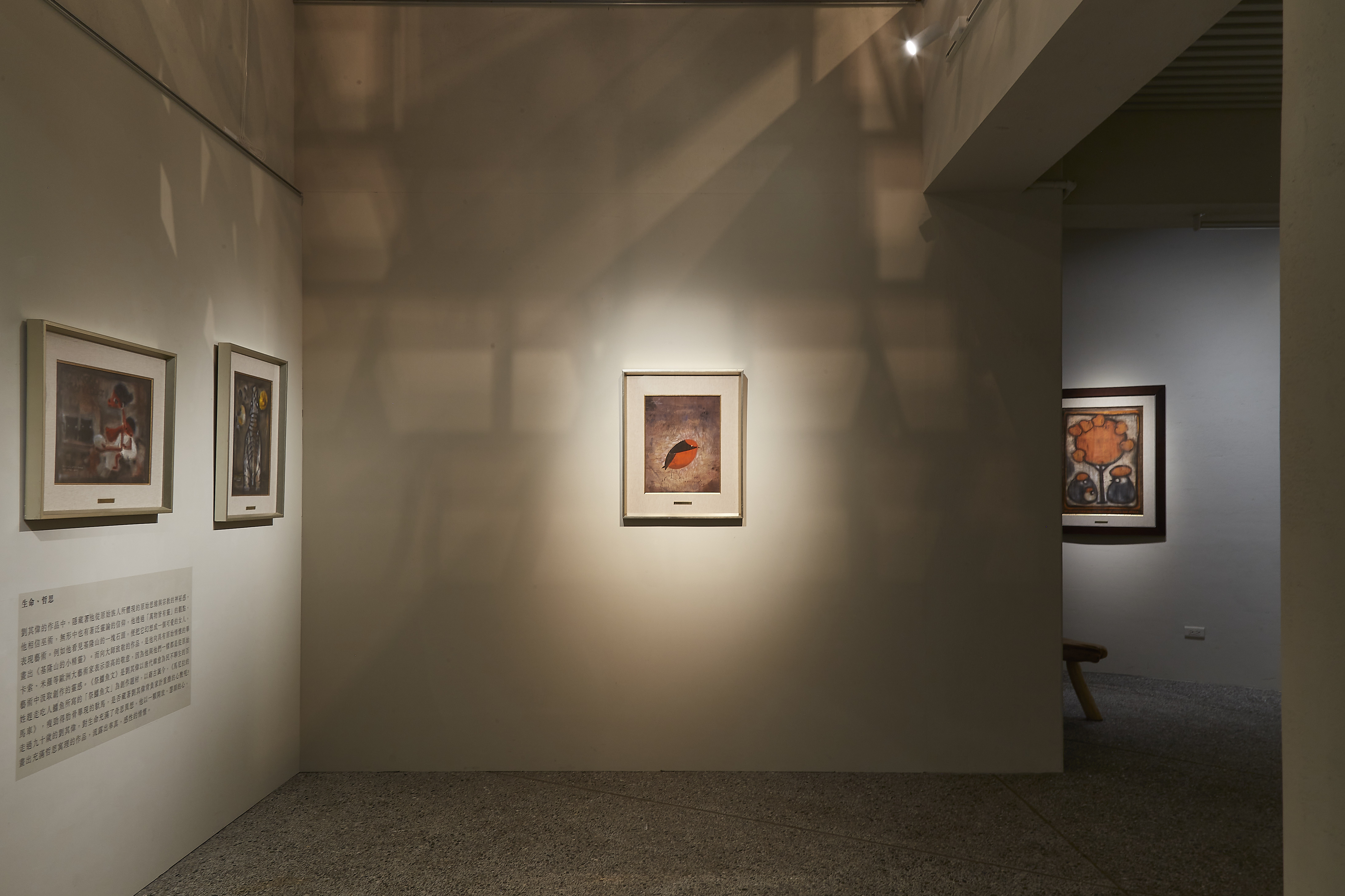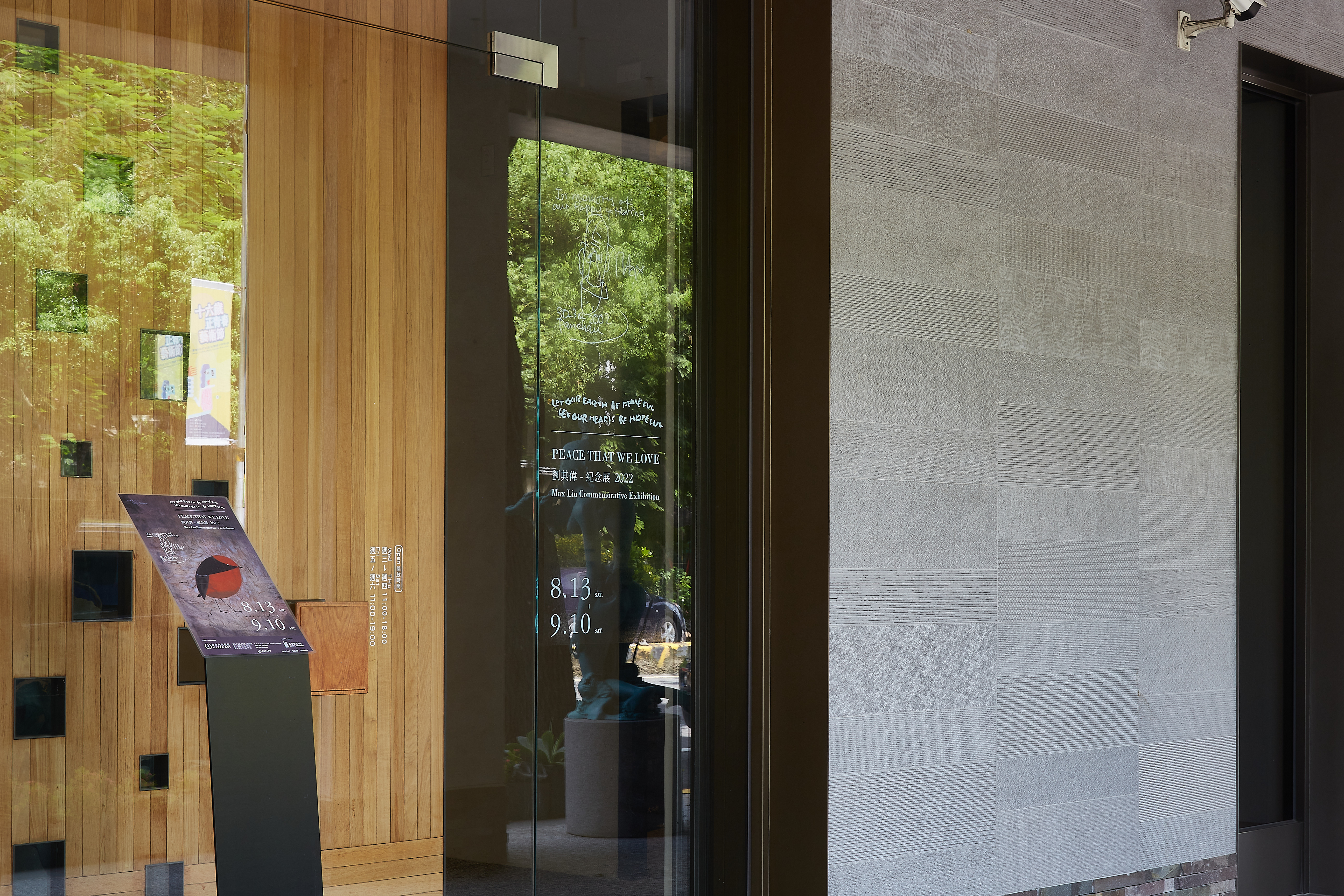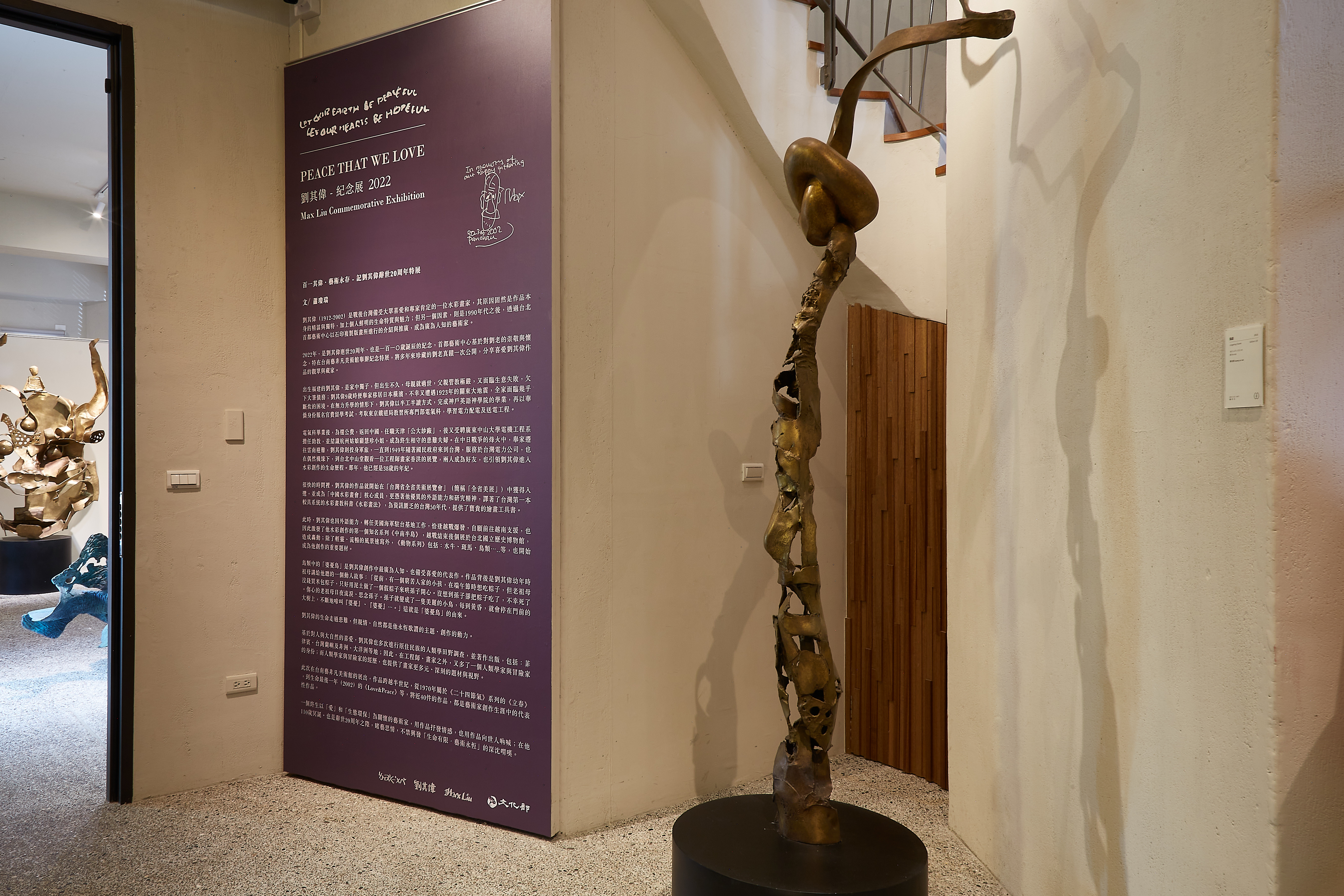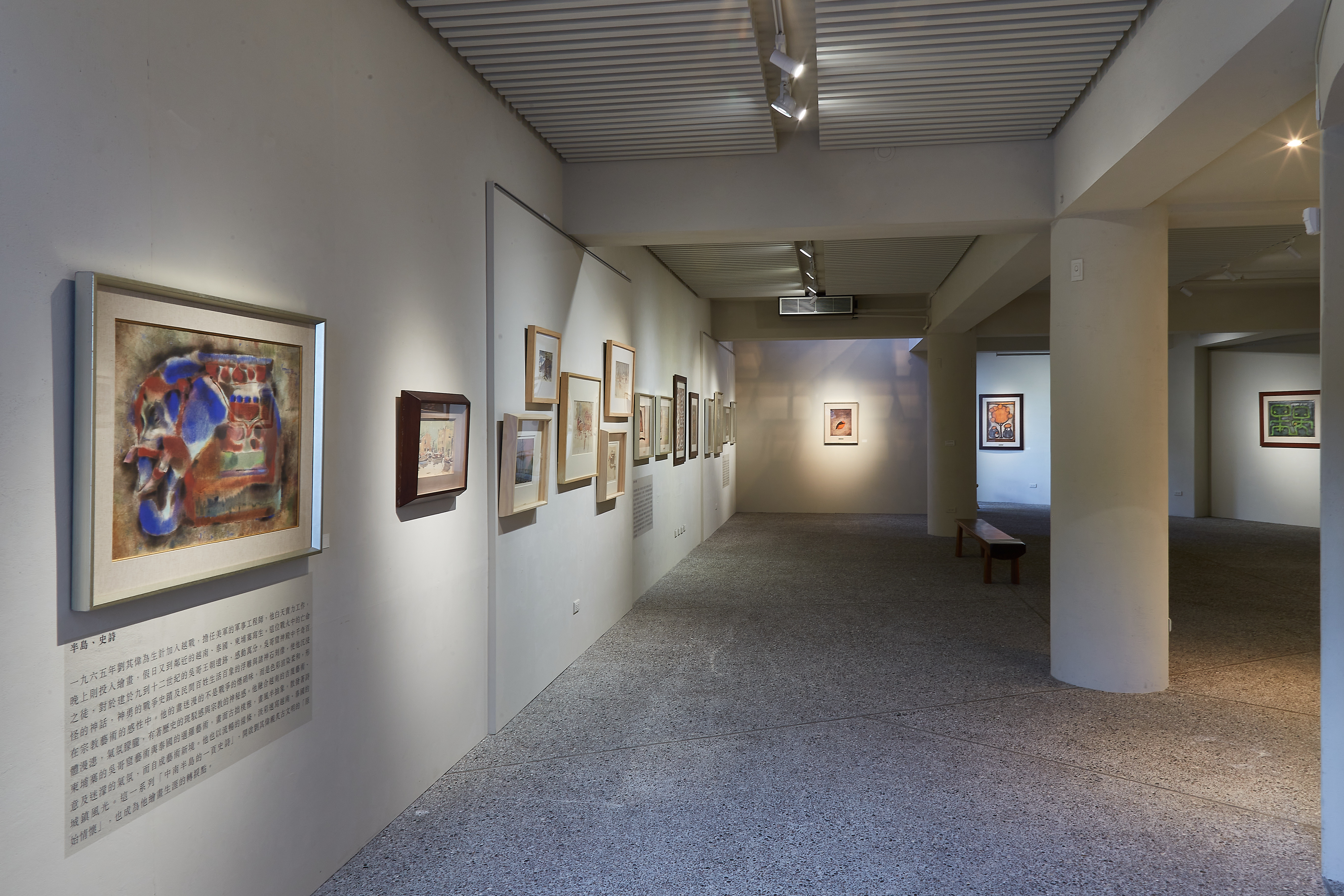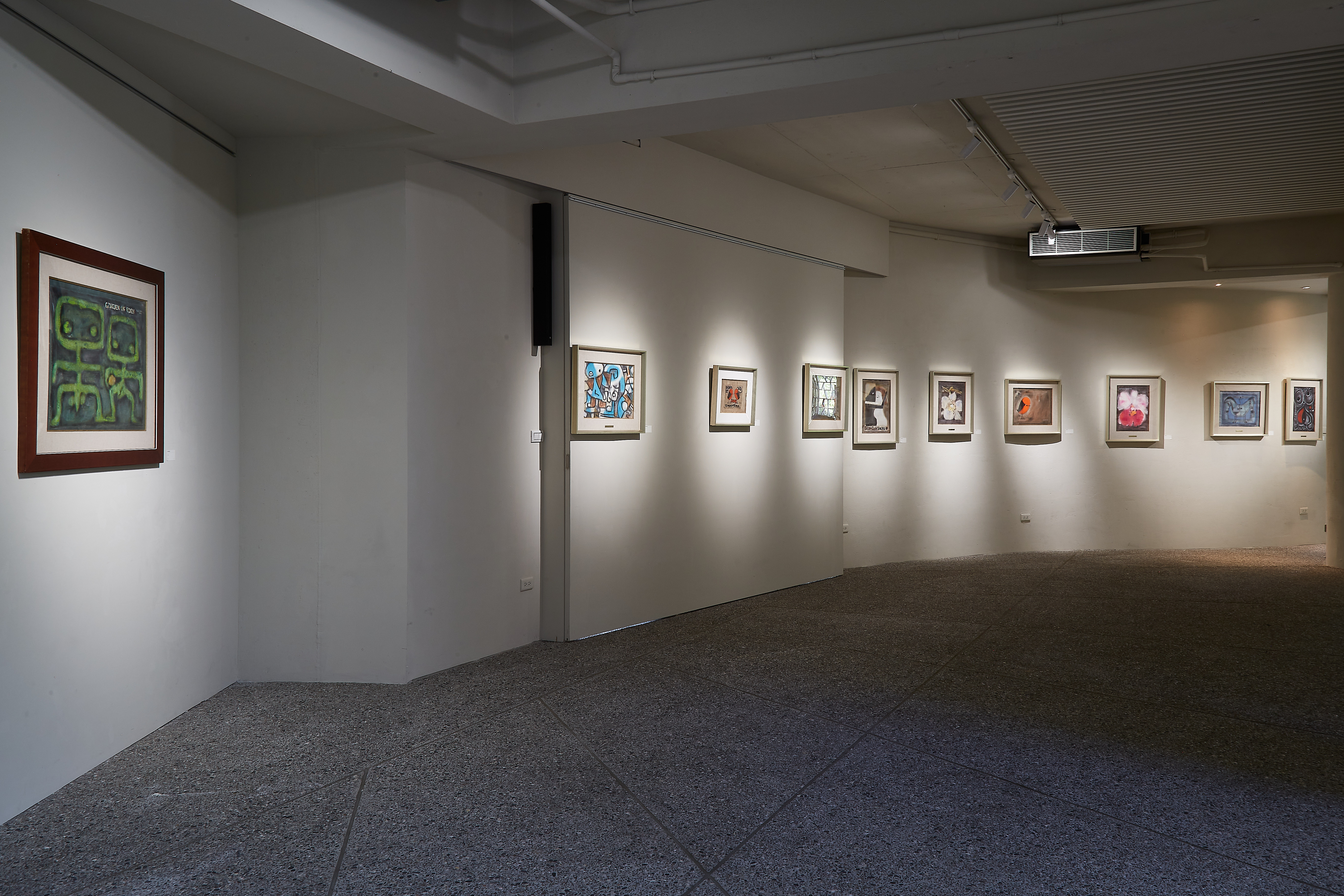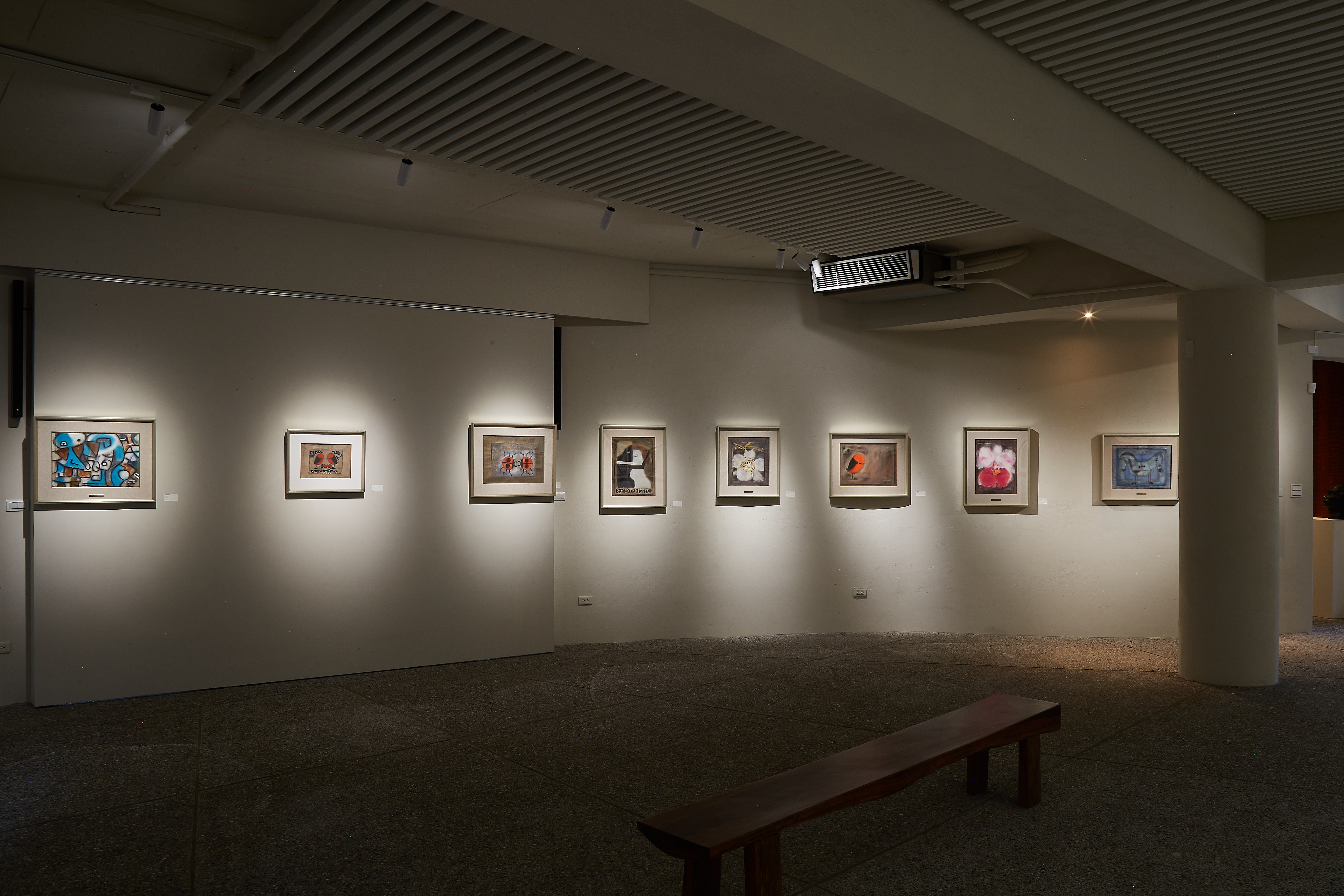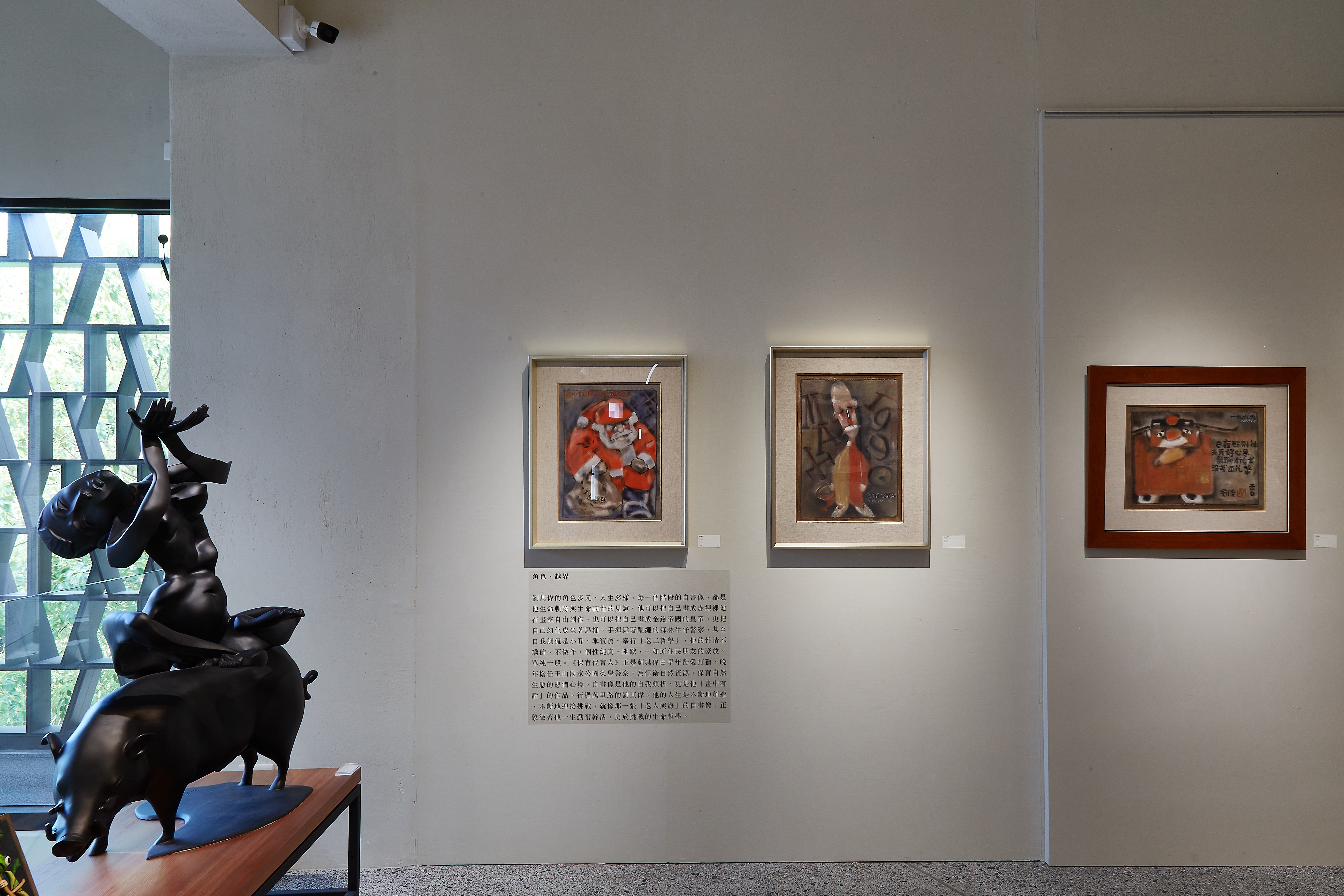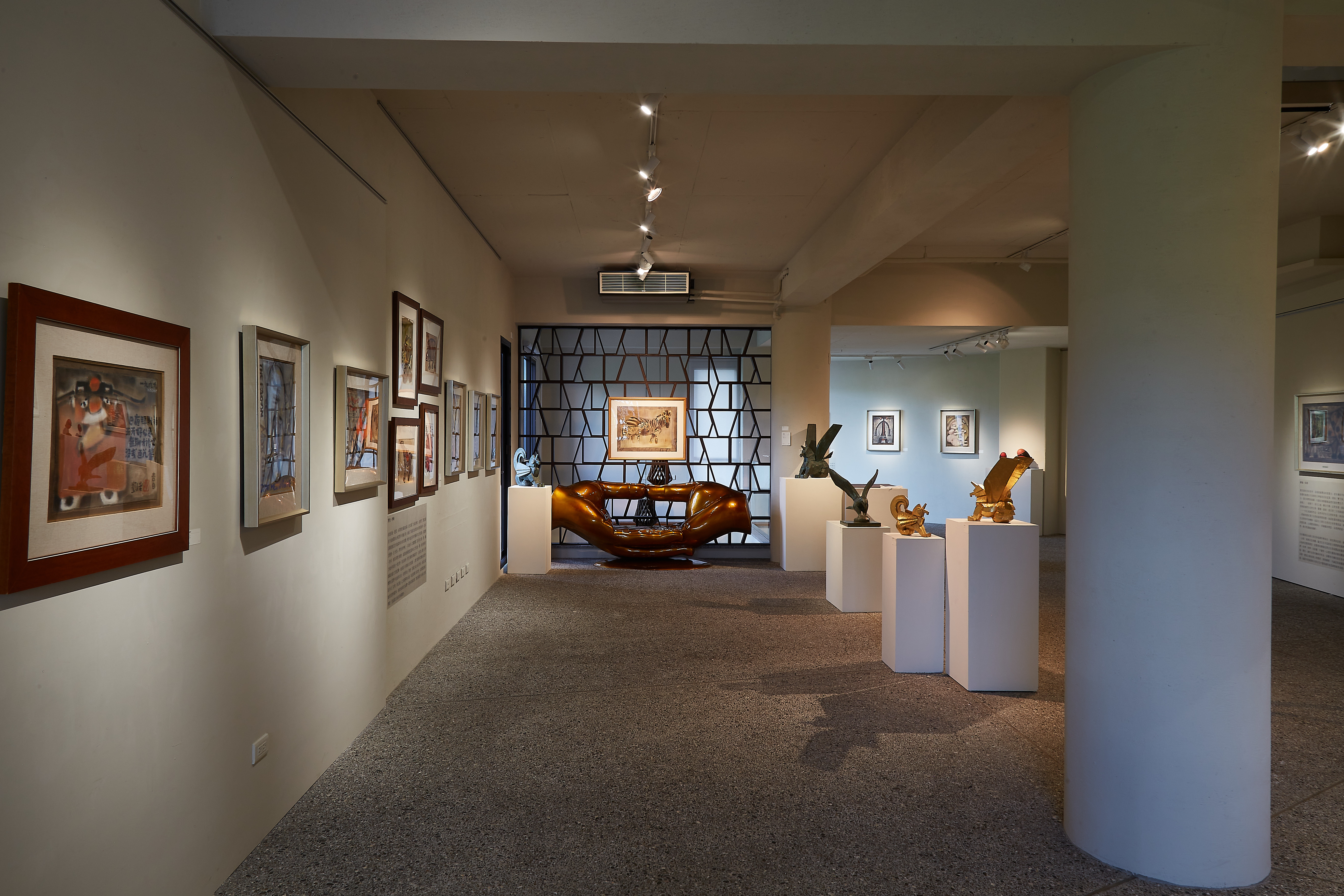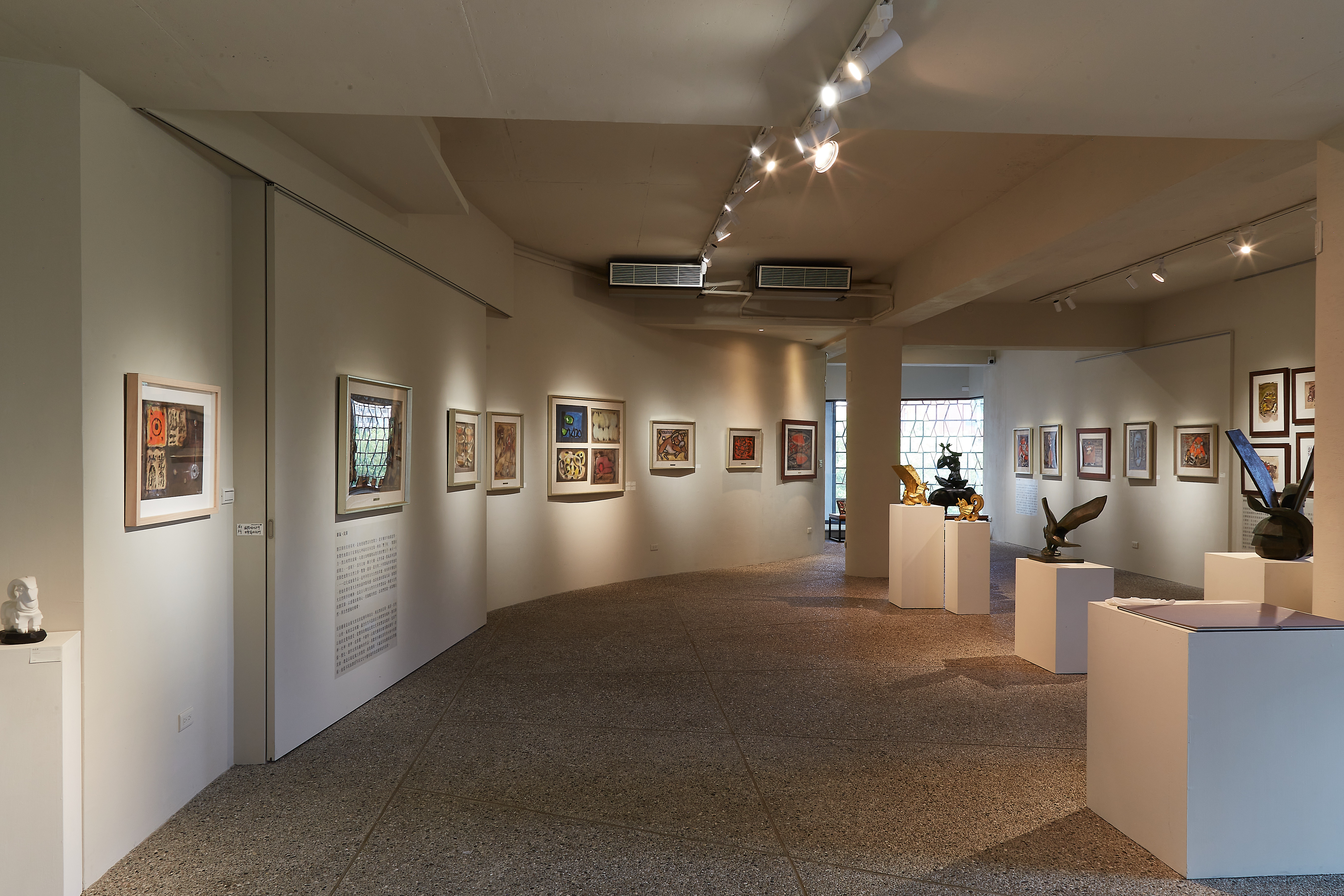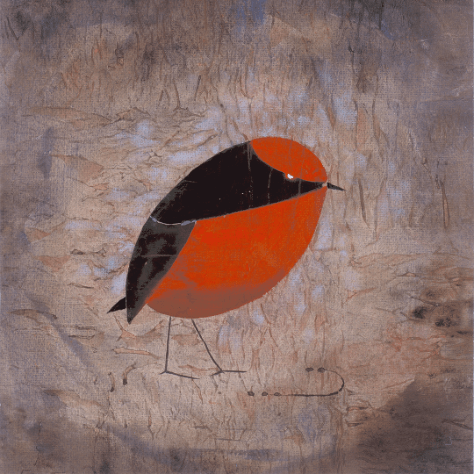Life is Short, Art is Long.─Special Exhibition in Memory of Max LIU’S 110th Birthday and 20th Death Anniversary
Text/ Chong-Ray HSIAO Prof.
Max LIU (1912-2002) is a watercolor artist in post-war Taiwan beloved by the public and recognized by professionals. The reason for this is the exquisiteness and uniqueness of the work itself, coupled with the distinctive characteristics and charm of the artist. In addition, the introduction and promotion of lithographic prints by the Capital Art Center in Taipei after the 1990s is another reason why Liu became a well-known artist.
In memory of Max Liu’s 20th death anniversary and 110th birthday in 2022, the Capital Art Center will hold a special commemorative exhibition at Mezzo Art in Tainan, showcasing all the original works of Liu it collected over the years to share with audiences and collectors who love Liu’s works.
Born in Fujian, Max Liu was the only son of his parents. His mother died soon after he was born. His father was extremely strict and heavily in debt due to the business failure. Liu and his family moved to Yokohama in Japan when he was 9 years old. Unfortunately, they encountered the Great Kanto Earthquake in 1923, making his family struggle to put food on the table. Even though his family couldn’t support his studies, Liu still managed to work his way through school. After completing his studies at Kobe English Theological School, Liu was admitted to the Boxer Indemnity Scholarship Program as an overseas Chinese. He then went to the Department of Electrical Engineering, the special department of the Tokyo Railway Bureau of Japan, and studied electric power distribution and transmission engineering.
After graduating from the Department of Electrical Engineering, Liu returned to China and worked in the “Gongda Yarn Factory” in Tianjin to repay the public expenses. Later, he was employed as an assistant professor in the Department of Electrical Engineering at Sun Yat-sen University in Guangzhou, and met Huizhen Gu, a girl from Hangzhou. They got married and stayed together in times of adversity. During the Sino-Japanese War, his family sought asylum in Yunnan, while Liu joined the military. Until 1949, Liu came to Taiwan with the Nationalist government and served at the Taipower Company. He went to Taipei Zhongshan Hall once to visit the exhibition of Xianghong, who was an engineer and a painter. The two became friends, and Xianghong led Liu into the world of watercolor paintings. At that time, Liu was already 38 years old.
In a short time, Liu’s work was selected for the “Taiwan Provincial Fine Arts Exhibition” (referred to as “Taiwan Provincial Art Exhibition”), and he became a core member of the “Chinese Watercolor Society”. Moreover, with Liu’s excellent foreign language skills and the spirit of research, the translation of Watercolor Techniques, the first systematic textbook for watercolor painting in Taiwan, was published, providing valuable painting references in the 1950s when information was inadequate in Taiwan.
Meanwhile, Liu was transferred to the United States Navy base in Taiwan because of his foreign language skills. Coinciding with the outbreak of the Vietnam War, he volunteered for military service in Vietnam, which inspired his first well-known watercolor series Indochina Peninsula. His solo exhibition held in the National Museum of History in Taipei after the end of the Vietnam War caused a sensation. In addition to the agile and smooth landscape sketches, the Animal Series, such as buffalo, zebra, birds, etc., also became important subjects of his creation.
Among the bird series, Po Yo Bird is Liu’s most widely known and beloved masterpiece, based on a story told to him by his grandmother when he was a child. The story goes like this: Once upon a time, a child from a poor family wanted to eat zongzi (Chinese sticky rice dumpling) during the Dragon Boat Festival. However, the old grandmother couldn’t afford rice for making zongzi; she could only make one out of clay to make him happy. Unfortunately, the grandson ate the fake zongzi and died. The sad old grandmother missed her grandson so much that she cried day and night. Therefore, the grandson turned into a beautiful bird which perched on the big tree in front of the door every evening and cried, “Po Yo”, “Po Yo”. This is the origin of the Po Yo Bird.
Even though Liu had gone through adversity in life, family love and nature were the themes he continued to eulogize. They were the source of inspiration that drove him to create.
Based on his love for human-being and nature, Liu had been to the Philippines, Orchid Island in Taiwan, Africa, Oceania and other places to conduct anthropological field research on indigenous peoples, and he had published books. Therefore, besides being an engineer and painter, Liu was also an anthropologist and adventurer. The experience of being an anthropologist and adventurer provided him with diverse and profound themes and insights.
The exhibition at Mezzo Art in Tainan will showcase nearly forty representative works of Liu’s artistic career spanning half a century, from the Start of Spring in the 24 Solar Terms Series in 1970 to Love&Peace in 2002, the last year of his life.
As an artist who shows solicitude for “love” and “ecology” throughout his life, Liu expresses his feelings to the world with his work. On the artist’s 110th birthday and 20th death anniversary, seeing these works brings to mind the great artist and reminds us that “life is short, and art is long.”
